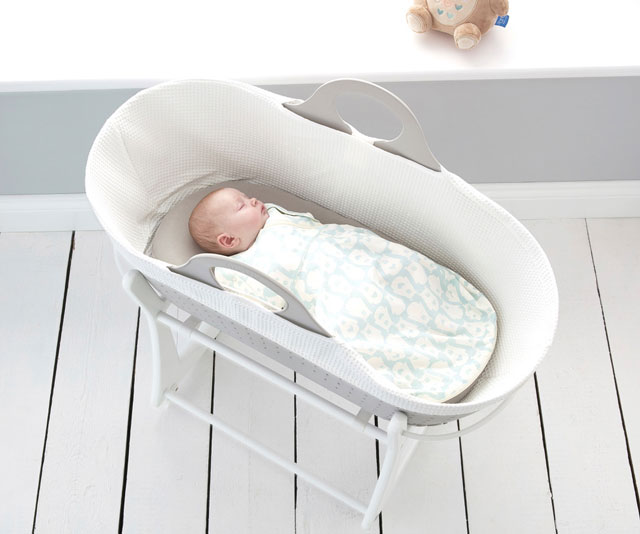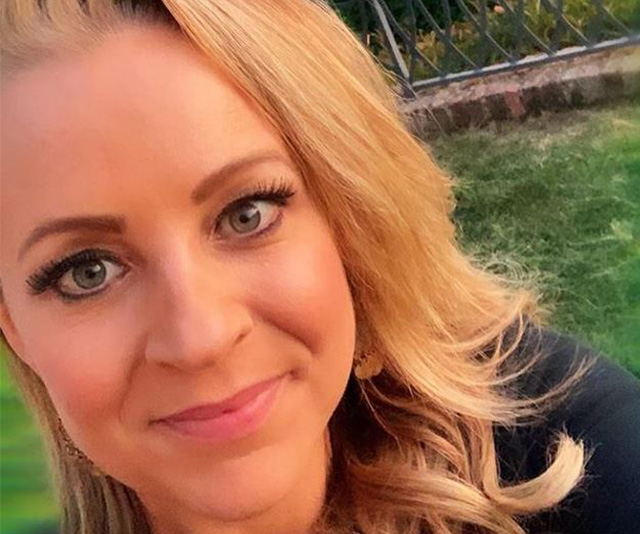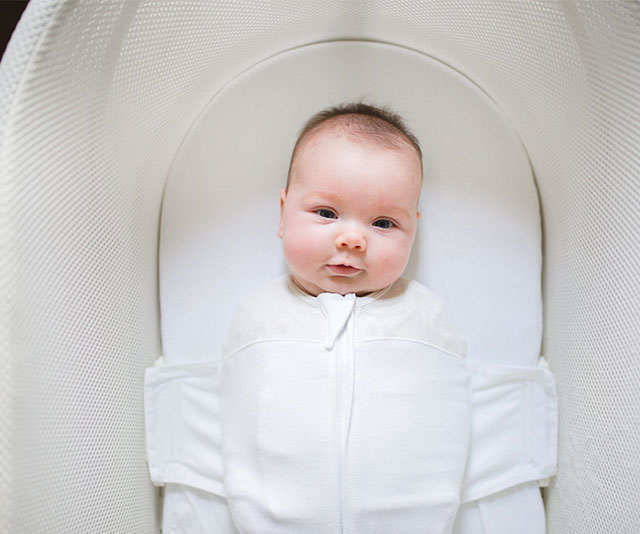All babies are different and some need more sleep than others. You’ll know your baby is getting enough sleep is she seems content and sleeps well at night.
However, it is useful to know how much sleep your baby should be getting according to her age.
When she’s tiny, your baby might enjoy eight naps a day, but by the time she’s two she’ll be down to one chunky daytime sleep so there are lots of naps to be dropped!
In the first six months, they drop away quite naturally. The hardest transitions are when your baby goes from three naps a day to two at around nine months, and from two naps a day to one, usually around 15-18 months.
Nicole Johnson author of Baby S.T.E.P.S to Better Sleep says it can take some time for a baby to drop a nap.
“During these transitions there will be a two- or three-week period in which, for example, three naps are too many, but two aren’t enough.”
Join Bounty Rewards and you could WIN 1 of 5 $1000 Baby Bunting gift vouchers
The following clues may be signs your baby is ready to change her sleep routine.
• She might consistently refuse one.
• She may nap for a shorter period than before.
• Her napping schedule might completely go out the window
Nicole says once your spot the signs, observe and try to work out what’s going on.
“Watch and try to figure out the patterns you’re seeing. Is this really a nap transition, or something else, such as teething?”
If you’re sure she’s ready to drop a nap, ensure that the change isn’t going to affect bedtime.
“If your child is refusing her normal naps, but then getting tired later in the day, don’t be tempted to let her have a later nap. Instead put her to bed earlier,” says Nicole.
This may mean that she wakes up a little earlier in the morning, but that then pulls her first daytime nap forward, too. She’ll then sleep for longer in this first nap of the day, so she can cope without a later nap.
Nicole says the timings will re-adjust and her new sleep pattern will emerge.
“And if she needs it, offer the opportunity for an extra nap once or twice a week to curb any overtiredness.”

When your child is consistently refusing to nap, it might be a sign it’s time to change their sleep routine.
(Image: Getty Images)How your little one’s naps evolve
0-11 WEEKS
“As a newborn, your baby needs to wake up regularly to feed,” says Nicole, “and the hormones that help regulate sleep patterns aren’t established in her body yet. Expect lots of deep sleep in short bursts.”
3-4 MONTHS
“When your baby is around four months, her sleeping patterns change,” says Nicole. “She starts developing cycles of light and deep sleep. This can mean she can’t nap for longer than 45 minutes in one go, until she learns how to move from one cycle into another, and make it through the periods of light sleep without waking.”
5-6 MONTHS
By six months of age your baby is old enough to sleep in a predictable way – now we’re not saying she will, just that she’s mature enough to do so! But her daytime sleep should now start to follow a more regular pattern.
7-8 MONTHS
Enjoy this golden age of napping! She’ll hopefully be having two or three reliably lengthy naps right now.

By two-and-a-half, your toddler might start to skip her daytime nap two or three times in a month.
(Image: Getty Images)9-12 MONTHS
“There’s a lot going on in your youngster’s life that can disrupt nap time at this age, including learning to pull herself up, teething and separation anxiety,” says Nicole. “And her brain is so busy, it’s harder for her to settle.”
13-17 MONTHS
“Now your toddler is more active, keep her nap routine consistent, so she continues with two naps a day for as long as she needs,” says Nicole. “Most babies don’t make the transition to one nap until they’re 15-18 months old.”
18 MONTHS – 2 YEARS
“From about 18 months old, most toddlers are down to one nap a day,” says Nicole. “This shift in sleeping patterns can take a while, though, so don’t be surprised if there are some days when she’s fine with one nap and on other days it’s clear that she needs two.”
2-3 YEARS
By two-and-a-half, your toddler might start to skip her daytime nap two or three times in a month. She’s starting the transition towards not having a daytime sleep at all, which completely kicks in between the ages of three and four.
Become a Bounty Parent and be rewarded for your opinions. JOIN HERE



